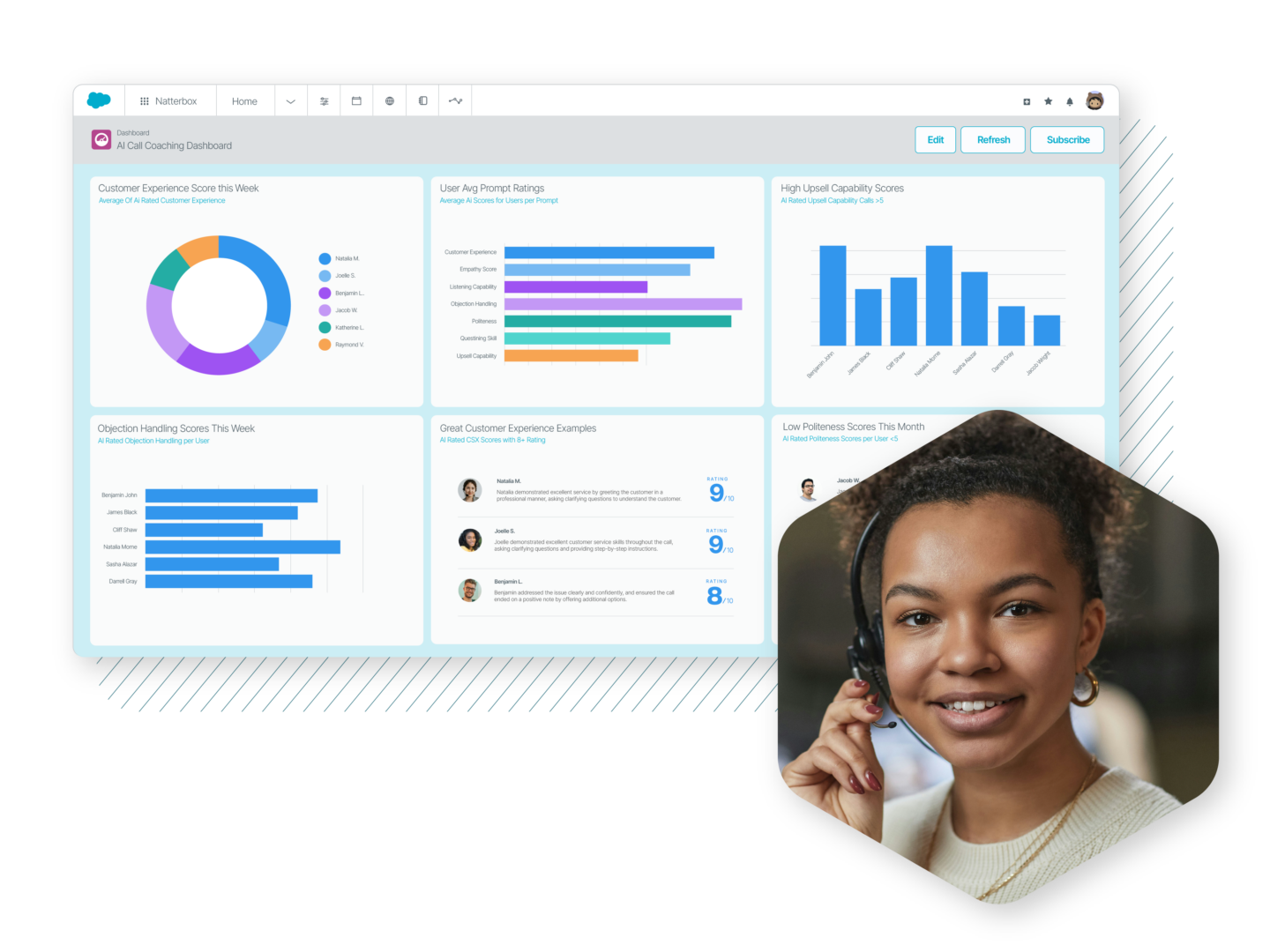Artificial Intelligence
Contact Centers
Voice
Chatbots vs. Conversational AI
Natterbox Team

In today’s digital age, the terms “chatbot” and “conversational AI” are often used interchangeably, leading to confusion about their true meanings and functionalities. AI seems to be constantly in the headlines, with regular stories focused on technology such as ChatGPT, Bing AI or Bard and some people are confused as to where a chatbot ends and AI begins.
While both these technologies involve human-computer interactions, it is crucial to understand the nuances that set them apart. In this article, we will delve into the key differences between chatbots and conversational AI, shedding light on their distinct features and applications.
What is a Chatbot?
Chatbots, in essence, are simple programs designed to simulate human conversations through textual or auditory interfaces. These automated systems are programmed to respond to predefined sets of questions or commands. They are primarily rule-based, relying on predetermined patterns and responses. Chatbots are typically used to handle simple tasks or provide basic information to users.
For example, a chatbot implemented on a company’s website may provide instant responses to frequently asked questions, such as inquiries about product features, shipping information, or return policies. It relies on predefined rules and scripted responses to address customer queries efficiently. The chatbot can direct customers to relevant resources or escalate complex issues to human agents if necessary.
What is Conversational AI?
Conversational AI is designed to engage in back-and-forth interactions, like a conversation, with humans or other machines in a natural language. Conversational AI can be used to collect information, accelerate responses, and augment an agent’s capabilities. Unlike chatbots, conversational AI is capable of context-aware conversations, meaning it can understand and remember previous interactions, allowing for more personalized and dynamic interactions.
Conversational AI systems typically utilize various techniques such as natural language processing (NLP), natural language understanding (NLU), and machine learning to comprehend user intent and generate appropriate responses. They can handle complex queries, engage in multi-turn conversations, and adapt their responses based on user inputs.
The Real Difference is Self Learning
The crucial distinction between chatbots and conversational AI lies in their development and maintenance. Chatbots are typically rule-based systems that require explicit programming and ongoing manual updates to accommodate new questions or scenarios. In contrast, conversational AI leverages machine learning algorithms, allowing it to learn from data and improve its performance over time. This self-learning capability reduces the need for constant manual intervention, making conversational AI systems more scalable and adaptable.
Enhancing The Customer Experience
While chatbots and conversational AI share the common goal of facilitating human-computer interactions, they differ significantly in their capabilities and underlying technologies. Chatbots offer simple, predefined responses, and are ideal for dealing with less complex tasks where questions are simpler and easier to understand. In that regard chatbots can and do have a future.
However, it’s conversational AI that has the most potential. For contact center operators, conversational AI can be a powerful tool, particularly when armed with Speech Analytics and Sentiment Analysis. AI can significantly enhance quality assurance and help to identify coaching opportunities by pinpointing the calls that managers should be listening to rather than having to monitor every one. This approach is far more efficient and provides a great way to improve customer experience and regulatory compliance.
The future is very exciting for sure, we’re already looking at ways AI can be used to facilitate real time coaching opportunities, reducing the duration between the interaction and a coachable event, which can undermine the effectiveness that immediate feedback can provide.
Why not join our upcoming webinar to find out how ChatGPT can be used to enhance call coaching?



